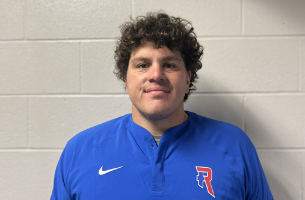STATE WIDE–You’ve been hearing that dogs and other domestic pets don’t do well if they’re left out in the heat. You might be wondering about wild animals. They have to modify their own behavior to survive, said Indiana Dept. of Natural Resources Mammologist Brad Westrich.
“If they were going to be out grazing at a certain time or foraging for seeds or fruits, they’re gonna be hiding in their burrows. They’re gonna be staying in the shade,” he said.
But, not all animals will behave the same way. Westrich said depending on the circumstances, some animals will try to come out where they can catch a breeze, while others know where and how to find a place to hide from the heat effectively.
Westrich is particularly concerned about bats, which eat insects and help keep an environmental balance.
“With this high heat we’re going to see mortality of the pups that have just been born this year. They’re totally helpless. They can’t fly and if that roost gets too hot, they’re gonna overheat,” he said. The DNR is actually helping rescue those pups by moving them to better places to stay cool. He said most adult bats roost in cool places that aren’t typically affected by the heat.
Westrich said this time of year the DNR is also monitoring bat populations.
“This is something Indiana DNR has been doing since 2011 when we discovered that White-Nose syndrome was moving into the state,” he said.
He said they drive around in areas where bats are known to be or may be, with sonic equipment on the tops of their cars, essentially to count bat populations to measure trends to see what the White-Nose syndrome is doing to the population.
“It reached Indiana in 2011 and within five years we saw significant losses to some populations, like the Tri-Colored bat and the Little Brown bat. We lost about 90 percent of those bat populations here in the state,” he said.
Other bats, like the Indiana bat, have done better. He said the disease is not killing as many bats now. They have adapted and are living with it.












